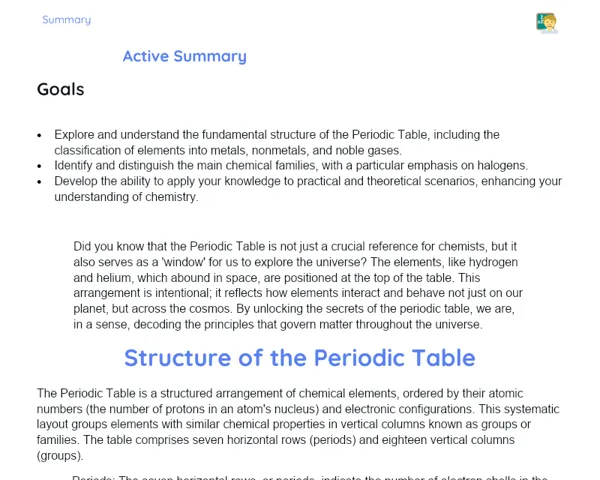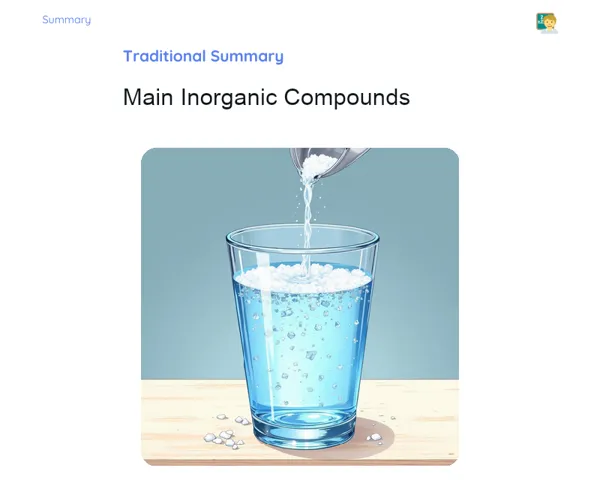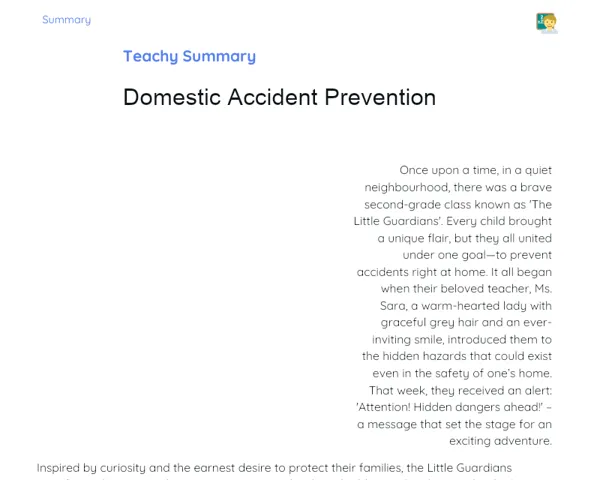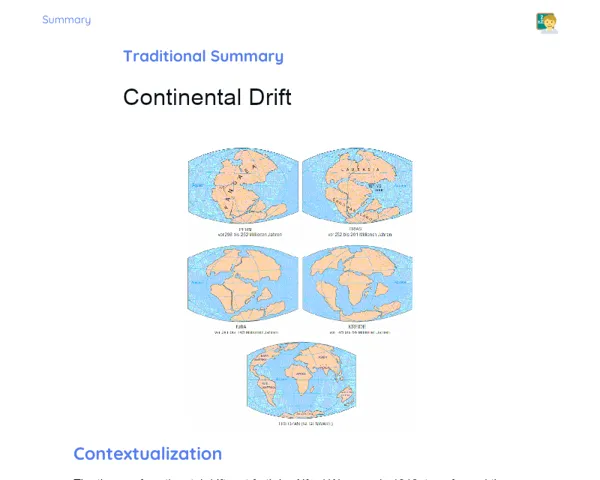Objectives
1. 🔍 Define and differentiate between heterogeneous and homogeneous mixtures, citing real-life examples.
2. 👀 Develop keen observation and classification skills of mixtures through engaging hands-on activities.
3. 🤝 Encourage collaboration and communication among students during practical exercises.
4. 🧠 Promote critical thinking by analyzing real-world scenarios involving mixtures.
Contextualization
Have you ever noticed that your kitchen is like a mini science lab? 🍲 When we mix ingredients to whip up a cake or toss a salad, we’re creating both heterogeneous and homogeneous mixtures! By studying mixtures, we delve into the science that influences our everyday lives. Join us as we uncover how these scientific principles are woven into everything from our kitchens to intricate industrial processes!
Important Topics
Heterogeneous Mixtures
Heterogeneous mixtures are those where the different components can be seen distinctly. A classic example is a fruit salad, where each fruit can be easily identified and separated. These mixtures are intriguing as they highlight the variety of materials that can coexist without blending completely.
-
Visual identification: In heterogeneous mixtures, the components are clearly distinguishable, making it evident that they haven't completely combined.
-
Easy separation: One can often separate the components using simple physical methods such as sieving or decanting, which is quite useful in recycling and waste management.
-
Everyday examples: Everyday experiences like sand mixed with water, fruit salad, or cereal in milk show how frequently we encounter heterogeneous mixtures.
Homogeneous Mixtures
Homogeneous mixtures, often referred to as solutions, are mixtures where the components are completely blended together, forming a uniform substance. Examples include air or a solution of salt in water. These mixtures are crucial for various chemical and biological processes as they ensure an even distribution of components.
-
Uniformity: The components are mixed so thoroughly that it's impossible to differentiate them with the naked eye, which is vital for processes requiring consistency, like in medicinal formulations.
-
Separation methods: Extracting components from a homogeneous mixture typically involves more complex techniques, like distillation, underscoring the importance of chemistry in industrial practices.
-
Practical applications: Everyday items such as beverages, medications, and the air we breathe are all examples of homogeneous mixtures.
Separation Techniques for Mixtures
Grasping the techniques for separating mixtures is fundamental for applying chemical concepts in practical scenarios, be it recycling or purifying water. Techniques such as filtration, decantation, and distillation are essential for the separation of heterogeneous and homogeneous mixtures.
-
Filtration: This method is employed to separate solids from liquids by exploiting particle size differences.
-
Decantation: This process utilizes the density difference to separate two liquids or a solid from a liquid, commonly used in treating wastewater.
-
Distillation: This technique takes advantage of different boiling points of components to effect separation, which is crucial in the production of alcoholic beverages and oil refining.
Key Terms
-
Heterogeneous Mixture: A mixture where the individual components are easily identified and can be visually separated.
-
Homogeneous Mixture (Solution): A mixture where the components are uniformly distributed, and individual elements are not discernible.
-
Filtration: A separation technique using a filter to separate solid particles from a liquid or gas mixture.
-
Decantation: A separation method where materials of differing densities naturally separate, leaving the solid at the bottom.
-
Distillation: A process that separates components based on varying boiling points within a mixture.
For Reflection
-
How can heterogeneous and homogeneous mixtures affect your environment? Consider practical examples like waste segregation for recycling.
-
Why is it important to be knowledgeable about mixture separation methods in daily life, such as in cooking or purifying water?
-
What experiment can you try at home to demonstrate either a homogeneous or heterogeneous mixture? List the materials you would need.
Important Conclusions
-
Today, we ventured into the captivating realm of mixtures, distinguishing between heterogeneous and homogeneous types. Heterogeneous mixtures are those where components are distinctly visible, while homogeneous mixtures present a uniform substance.
-
We learned essential separation methods like filtration, decantation, and distillation, which are pivotal in both industrial applications and our day-to-day activities.
-
Grasping these concepts not only broadens our scientific understanding but also empowers us to apply this knowledge in practical situations, from cooking to managing waste, thereby enhancing our awareness and skills in resource handling.
To Exercise Knowledge
Mix and Separate: At home, create a heterogeneous mixture using common items like rice and beans, then separate them. After that, prepare a homogeneous mixture by dissolving salt in water, and see if you can extract the salt from the water through evaporation. Mixture Journal: Maintain a journal for one week, noting all the mixtures you come across in your daily life, categorizing them as heterogeneous or homogeneous. Culinary Experiment: With adult supervision, mix ingredients to prepare a simple recipe, like a cake, and observe how the state of the mixture changes throughout the process.
Challenge
🌟 Super Mixer Challenge: With an adult's assistance, concoct a 'mystery mixture' and challenge a friend or family member to identify its components and classify it as heterogeneous or homogeneous. Ensure to use safe, non-toxic ingredients!
Study Tips
-
📚 Discover Educational Videos: Watch videos on YouTube about mixtures and their separation techniques to see these concepts illustrated.
-
🔬 Visit a Lab or Kitchen: If you can, take a tour of a restaurant kitchen or a school lab to observe professionals working with mixtures in real-life scenarios.
-
✍️ Create Visual Summaries: Develop mind maps or infographics outlining the types of mixtures and methods of separation to aid memorization and understanding.



